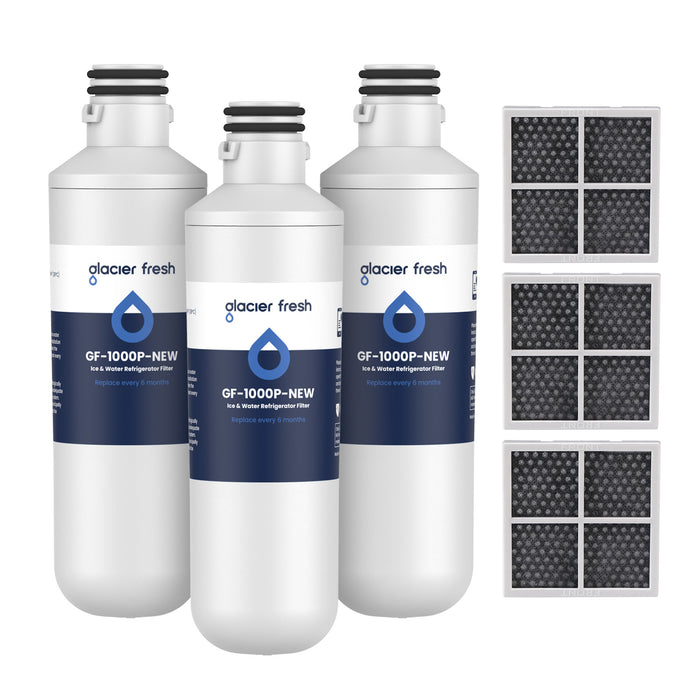In today's fast-paced world, homeowners often seek efficient and cost-effective ways to enhance their living spaces. One such method is through appliance-specific retrofits. This approach allows you to upgrade your kitchen without the need for a complete renovation, saving both time and money.

What is an Appliance-Specific Retrofit?
An appliance-specific retrofit refers to the process of modifying or upgrading existing appliances to improve their functionality, efficiency, or aesthetics. Instead of replacing entire units, homeowners can implement targeted changes that enhance performance and align with modern standards. For instance, retrofitting a refrigerator with energy-efficient components can significantly reduce energy consumption.
Benefits of Appliance-Specific Retrofits
- Cost-Effective: Retrofitting is generally less expensive than purchasing new appliances.
- Environmental Impact: By upgrading existing appliances, you contribute to sustainability efforts by reducing waste.
- Enhanced Performance: Many retrofits improve the efficiency and functionality of appliances, leading to better performance.
- Customization: Homeowners can tailor upgrades to fit their specific needs and preferences.
Common Types of Appliance-Specific Retrofits
When considering an appliance-specific retrofit, it's essential to identify which appliances can benefit from upgrades. Here are some common retrofits:
- Refrigerators: Adding energy-efficient compressors or LED lighting can enhance performance.
- Dishwashers: Upgrading spray arms or filters can improve cleaning efficiency.
- Ovens: Retrofitting with smart technology allows for remote control and monitoring.
- Faucets: Installing low-flow aerators can reduce water usage without sacrificing pressure.
How to Choose the Right Retrofit for Your Appliances
Choosing the right appliance-specific retrofit can be daunting. However, by following a few guidelines, you can make informed decisions:
- Assess the current performance of your appliances. Are they meeting your needs?
- Research available retrofit options. What upgrades are compatible with your appliances?
- Consider the long-term benefits. Will the retrofit save you money on energy bills?
- Consult with professionals if necessary. They can provide insights and recommendations tailored to your situation.
Conclusion
In conclusion, appliance-specific retrofits offer a practical solution for homeowners looking to enhance their kitchens without the expense and hassle of complete replacements. By understanding the benefits and options available, you can make informed choices that improve your home's functionality and efficiency. Embrace the potential of retrofitting and enjoy a more modern kitchen experience.








